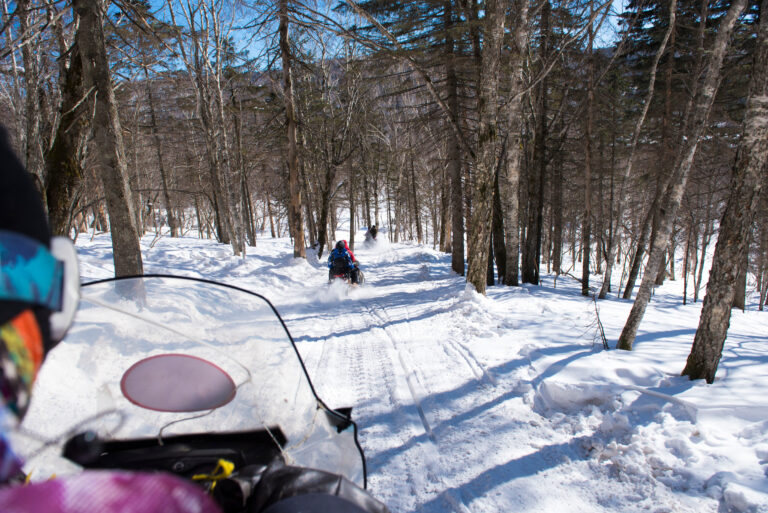Some plants ‘speak’ louder than others, standing out in an eye-catching way. The first time we walked into a patch of flowering camas, I said to my partner, “that must be camas!” They were a caricature of themselves — vibrant, distinct, and attention calling, as if projecting their role as a primary starchy food source. In Eliot Cowen’s “Plant Spirit Medicine,” he recounts a Mexican tribe laughing at him for taking notes of their uses for plants. They told him, “you don’t need to remember what we are saying, the plant will tell you.” This is a departure from the scientific realm, and I am not suggesting you ask plants if they are edible. I am suggesting they have varied personalities, some of which can be particularly appealing. Waterleaf was like this when I encountered it hiking on Mount Spokane in the disputed northwest slope expansion area. Its fuzzy lobed leaves and purplish blue flowers drew me in. I had to know what it was, and soon found it was a historic common edible for native peoples.
Ballhead waterleaf, Hydrophyllum capitatum, grows spring till early summer in shadier spots on rocky, moist soils from the foothills to tree line. In more arid locations, look under rock outcroppings or near taller foliage. Sometimes a single plant sits above a path. Other times they verge on being a weed. My stepfather’s “lawn” in Tum Tum sports them like dandelions.
This herb is easily recognized due to its long, pinnately-lobed leaves (pinnate means the leaf looks like several leaves coming off a central rib) and single globose lavender flower, almost like a little thistle head sitting low in the center of the arching stems. The roots branch into a cluster of small fingers and are the preferred part to eat—crunchy and a bit earthy. The sweet carrot-tasting leaves can be eaten raw or cooked but are best when young. If collecting the flower, wait until it is fully opened to avoid unsavory furriness. It is neutral in flavor and texture, so use as a garnish or entertainment while hiking.
According to ethnobotanist Nancy Turner, a number of tribes in the region collected the roots. Nowadays, tubers, corms, and rhizomes are referenced in books of foraging, but few bother to harvest them. Leaves, flowers, and berries are pluckable. Roots must be dug out, often in rocky soil requiring a stick or, ideally, shovel. In addition, it’s hard for us nature lovers to kill the whole plant for one morsel. The charming verdant waterleaf most definitely fits this category and could be decimated if singled out by the beast of human consumption. However, by sampling occasionally, one can get acquainted with a plant and not dishonor the species.
Identifying Attributes: The finely hairy—almost pinnate leaves—and low, globose flower are fairly distinct but to correctly identify, look at the picture in OTM and when you find it in the wild, double check with a knowledgeable person.
Cautionary Points: Though Hydrophyllum has no dangerous close look-alikes, plants can be difficult to identify from written description and should be verified by an expert.
Culinary Attributes: All parts are edible. The blossom is a perfect little garnish. The root is savory and has substance. Leaves taste more appealing and sweeter than the flower and stems, which are mild and reminiscent of alfalfa.
Wine Pairings: Washington dry Cabernet Franc Rose is refreshing yet refined with vegetal notes that will tolerate raw flavors. Amavi makes a good one. //
Kelly Chadwick is an arborist and owner of Spirit Pruners. He wrote about the Snowbank Mushroom in April.













